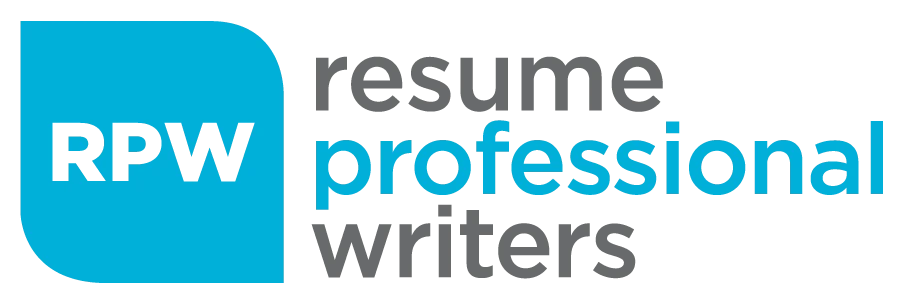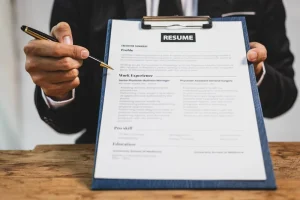Many qualified applicants struggle to get noticed even after crafting an impressive resume. For countless professionals, the real challenge begins not with writing but in how that resume is delivered—especially through email. Sending a poorly formatted or mistimed resume email can immediately undermine a candidate’s credibility, no matter how strong their experience or skills may be.
Professionals specializing in hiring trends understand that an emailed resume often serves as a candidate’s first impression. This comprehensive guide is designed for job seekers across all industries—from recent graduates and federal applicants to executives and career changers. It explores how emailing a resume the right way can significantly improve response rates by focusing on structure, etiquette, and timing strategies that hiring managers actually value.
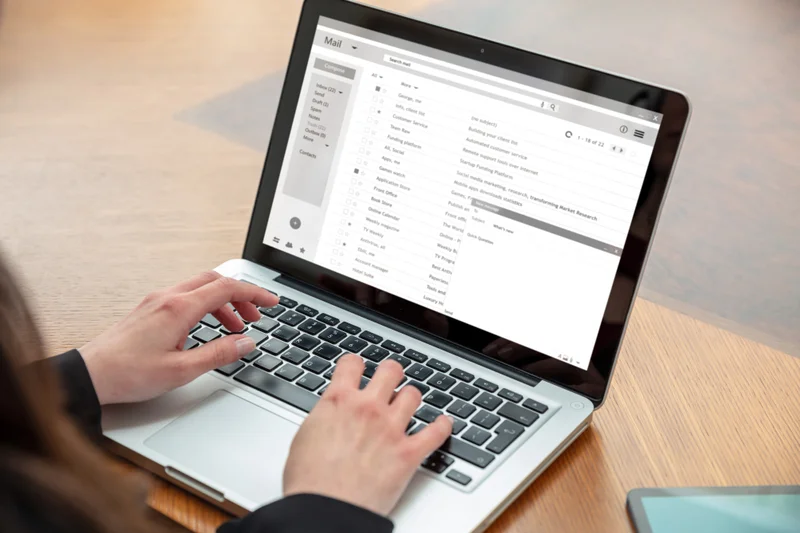
Understanding the Importance of Emailing a Resume Correctly
Email is still one of the most common ways employers receive job applications, even with the rise of online portals and automated systems. However, many job seekers overlook how important it is to send an email the right way. A clear, professional email does more than share your resume. It reflects your professionalism, attention to detail, and communication skills.
Since hiring managers often receive hundreds of applications, even small mistakes can hurt your chances. Using an informal greeting, sending the wrong file type, or forgetting a subject line can make your email easy to ignore. On the other hand, a short, well-written message shows competence and respect, which can help you stand out.
Many companies also connect emails to internal applicant databases. Clear subject lines, properly named files, and consistent formatting help ensure your resume is organized and easy to find. Whether you are applying to a tech company, healthcare organization, or government office, these small but thoughtful details can make a real difference in getting noticed.
Pre-Submission Preparation: Ensuring Resume and File Readiness
Before composing a single line of email text, applicants must ensure that their resume file meets professional standards in both format and substance. Preparation directly affects how seamlessly the resume is received, opened, and reviewed on the employer’s end. Compatibility issues or poor naming conventions often create unnecessary delays or loss of interest.
- Use professional file names: Recruiters appreciate clarity. A file labeled “John_Smith_Resume.pdf” is traceable and reinforces order. Avoid casual names such as “MyCV” or “FinalCopy”.
- Choose a universal file format: PDF is preferred because it preserves layout integrity across devices and operating systems. Word files may reformat inconsistently when opened on mobile devices or Mac systems.
- Keep file sizes below 2 MB: Larger attachments risk being filtered out by corporate firewalls or bouncing back from mail servers. Compressing the file without compromising quality prevents this issue.
- Proofread for content precision: Recruiters judge professionalism not only by what is said but also by how it appears. Typos or misaligned sections may reduce confidence instantly.
- Attach a tailored version for each application: Customizing the resume to reflect the vocabulary of a specific job description increases its keyword alignment when scanned by internal or external tracking systems.
Applicants who perform these checks avoid the risk of retraction requests or damaged first impressions. The resume should function as a digital business card—clean, optimized, and intentional. Equally essential is preparing a brief but persuasive cover letter, either as a separate attachment or integrated into the body of the email, depending on the employer’s preference. Every element must express readiness, precision, and respect for the recruiter’s time.

Craft the Perfect Email Subject Line
The subject line often determines whether an email is even opened. Hiring professionals spend seconds triaging their inboxes, especially for roles attracting hundreds of applicants. For that reason, subject lines must blend relevance, professionalism, and clarity. The goal is immediate recognition of purpose.
- Include the job title and reference number: For example: “Application for Marketing Coordinator – Ref 2781.” This helps recruiters instantly categorize the email under the appropriate requisition.
- Add the applicant’s full name: Agencies and corporate HR systems frequently organize emails alphabetically by applicant name. Including it streamlines sorting and recovery.
- Avoid generic or casual phrases: Subject lines such as “My Resume” or “Job Opportunity Inquiry” fail to communicate specificity. HR departments may treat them as spam or unrelated correspondence.
- Mirror instructions from the listing: Some employers specify exact subject wording in the posting. Following it precisely shows attention to administrative detail.
Effective examples include “Registered Nurse Application – Emily Johnson” or “Data Analyst Resume – Requisition #5412.” Consistency and transparency foster trust from the first glance. The subject line also reflects communication awareness—a quality vital across corporate disciplines from engineering to education.
Write a Professional Email Message
The email’s body functions as a condensed cover letter, typically five to seven sentences long. It introduces the candidate, states the purpose, identifies the role sought, and reinforces enthusiasm without overshadowing the attached resume. Every line should deliver concise professionalism while projecting approachability.
Effective emails share several structural traits:
- Salutation: Address the recipient formally, using “Dear [Hiring Manager’s Name]” when possible. If the exact name is unknown, “Dear Hiring Team” remains preferable to informal alternatives.
- Opening sentence: Clearly mention the role—“This message is to express interest in the Project Manager position advertised on Indeed.” Precision reinforces that the sender read the listing thoroughly.
- Core paragraph: In no more than three sentences, summarize qualifications relevant to the position. Mention skills or milestones that align directly with the job’s stated needs.
- Closing statement: Politely express willingness to provide further information or arrange an interview. End with professional gratitude such as “Thank you for your consideration.”
- Signature block: Add full name, phone number, LinkedIn profile, and optional portfolio link. Omit personal addresses unless requested in the posting.
A simple, confident tone remains best. Overly formal phrases like “I hereby submit” or exaggerated enthusiasm can feel outdated or insincere. The key metric of success within the message is clarity. Recruiters prefer to grasp both role alignment and candidate professionalism within the first few seconds of reading.
Common Mistakes to Avoid When Emailing a Resume
Surprisingly, many candidates still lose opportunities through small but avoidable mistakes. These oversights may seem minor but indicate sloppiness to trained HR professionals who interpret every correspondence detail as a work habit reflection.
- Forgetting attachments: Sending a message stating “Please find attached” without actually attaching the file signals carelessness. Always attach first, then compose the body to confirm inclusion.
- Using unprofessional email addresses: Addresses containing nicknames, unrelated numbers, or slang reduce credibility. Job seekers should use addresses featuring their real names only.
- Overly long or casual messages: Lengthy background stories or overly conversational language distract from core information. Brevity communicates focus.
- Improper formatting or fonts: Avoid stylized signatures and colored fonts. Consistency with black text and a standard sans-serif font such as Arial or Calibri ensures universal readability.
- Sending bulk messages: Recruiters can spot mass-distributed emails lacking personalized references to positions or employer details. Each email should feel clearly directed.
Good digital etiquette demonstrates maturity. Applicants who proofread and test-send messages to themselves before final submission confirm layout accuracy and attachment function on both desktop and mobile screens. This small step prevents the embarrassment of unreadable or misaligned submissions, helping candidates stand apart for diligence alone.
Optimal Timing for Sending a Resume Email
Timing has measurable influence on open and response rates. Career platform analytics from recent years reveal that emails sent during early weekday mornings yield higher engagement from recruiters. Mondays through Wednesdays between 7:00 a.m. and 10:30 a.m. remain the most advantageous periods for professional correspondence, while late-night or weekend submissions often get buried under later influxes.
However, understanding context matters. For roles in hospitality or healthcare—fields that operate outside standard corporate schedules—appropriate timing might differ. Submissions during mid-week days still maximize visibility but can extend into midday due to varied operating hours. The guiding principle remains promptness balanced with recipient convenience. Sending shortly after a job post appears increases the probability of being reviewed before the role accumulates competition.
Strategic follow-up reinforces persistence without overstepping. Waiting about five to seven business days before sending a polite check-in email demonstrates interest while maintaining professionalism. Overly frequent or demanding inquiries, on the other hand, risk being perceived as excessive pressure. Quality follow-up language includes phrasing such as, “This message serves to confirm receipt of my earlier application and to reiterate interest in the position.”
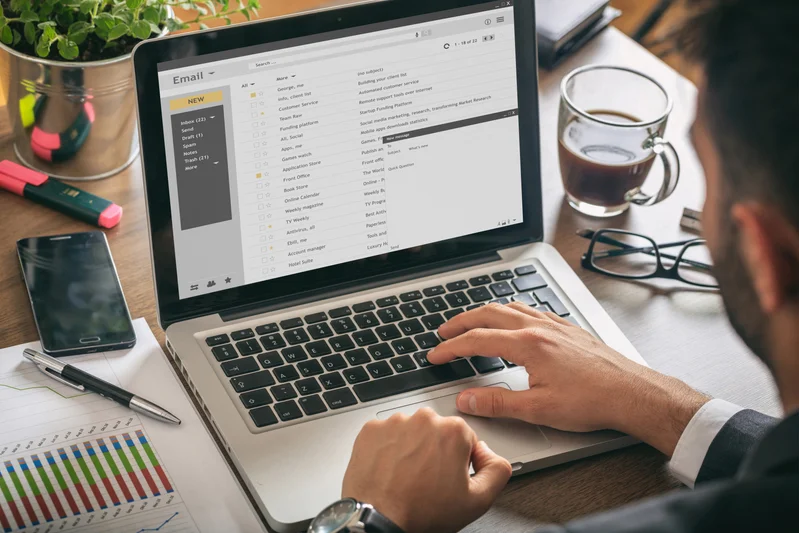
Follow-Up Emails and Professional Persistence
Even well-sent resumes sometimes receive no immediate acknowledgement. Following up respectfully increases visibility while keeping tone courteous and self-assured. Well-timed follow-ups reflect communication tact and sustained motivation—two attributes employers rank highly across leadership tiers.
- Wait an appropriate amount of time: Typically one week after submission suffices before a first follow-up.
- Keep messages short and purpose-driven: The note need only restate interest, confirm submission, and thank the recipient again.
- Avoid assumptions: Never frame follow-ups around perceived delays or obligations. Assume internal processes take time.
- End positively: Conclude with appreciation rather than impatience. For example: “I appreciate your time in considering my application and look forward to any updates.”
Recruiters often remember follow-up messages that reinforce diligence without demanding responses. Maintaining this balance requires emotional intelligence. Knowing when persistence crosses into over-communication is essential. A second follow-up may be warranted if the role remains posted after two additional weeks, but anything further can appear insistent. The main goal is continued visibility without disrupting workflow.
Integrate Cover Letters and Attachments Strategically
Some hiring teams prefer cover letters embedded in the email body, while others require separate attachments. Understanding which format applies prevents confusion and demonstrates compliance with submission guidelines. When unspecified, the best option is to embed a concise note within the email and attach a formal one-page cover letter alongside the resume.
The following format works effectively:
- Attach both PDF files labeled clearly, for example: “Alex_Rivera_Resume.pdf” and “Alex_Rivera_CoverLetter.pdf.”
- Reference in the email that these documents are attached, preventing misinterpretation of missing materials.
- Mirror the typography and branding consistency between documents—same header formatting and contact details.
- Maintain ATS readability by avoiding images or watermarks that limit keyword scanning.
When emailing a resume to highly formal sectors such as federal agencies or law firms, the expectation for traditional formatting increases. In those cases, plain black text, standard fonts, and unembellished structure carry authority. Meanwhile, creative fields like marketing or design allow subtle stylistic flair, as long as accessibility remains intact. Regardless of format, file clarity and alignment between resume and cover letter indicate professionalism at its core.
Best Practices for Digital Security and Privacy
In an environment where phishing and identity theft risks persist, candidates must take precautions when emailing personal details. Sensitive information such as home addresses or identification numbers should only appear when directly requested by reputable employers. Including unnecessary identifiers increases vulnerability to data misuse.
Applicants should verify the recipient’s email domain to ensure legitimacy. Reputable organizations use consistent corporate domains (for example, “@companyname.com”). Generic domains from free email services warrant additional scrutiny before sending resumes or documents. Whenever possible, uploading through secure company portals provides a safer path than direct attachments. When attachments are unavoidable, password-protected PDF files add another layer of protection.
Considering the rise in artificial intelligence use in recruitment, digital hygiene demonstrates both awareness and technical responsibility. HR systems track candidate metadata from files and messages; maintaining professional metadata titles without extraneous personal labels preserves privacy while sustaining transparency. Cyber awareness reflects professionalism across industries, signifying capability in handling confidential data responsibly—an asset in any role sensitive to compliance or governance.
Cross-Industry Examples of Resume Email Etiquette
Email tone and structure slightly vary across sectors due to cultural expectations within industries. However, fundamentals of professionalism, brevity, and respect remain universal. Understanding nuanced differences helps candidates connect with recruiters who share industry-specific norms.
| Industry | Email Style Notes |
|---|---|
| Information Technology | Emphasize technical certifications and version familiarity (e.g., AWS Certified, Python 3.10). Keep wording minimalistic and jargon-aligned. |
| Healthcare | Include licensure identifiers (RN, LPN, CNA). Maintain empathetic yet formal tone emphasizing patient-centered values. |
| Finance | Highlight compliance and analytical strengths. Quantify achievements directly (e.g., “managed $3M portfolio growth”). |
| Education | Show pedagogical terminology consistency and alignment with institutional mission statements. Avoid overly commercial tone. |
| Federal Applications | Follow exact vacancy announcement language, referencing job series or announcement numbers for data matching. |
Understanding these subtleties ensures that the message aligns naturally with recruiter expectations. Adaptation signals not only experience but also cultural intelligence—an important factor for teams hiring candidates who integrate effectively within established professional norms.
Create an Email Strategy That Complements Networking
Emailing a resume does not exist in isolation. Career outcomes improve when digital correspondence complements broader professional networking efforts. Applicants who engage actively on LinkedIn or professional associations increase the likelihood that their emailed applications receive responses, because recruiters value name familiarity linked with credible online presence.
iCIMS research shows that engaged candidates are 32% more likely to accept job offers. Applicants can use this to their advantage by mentioning shared interactions or company events in their emails. For example, “After attending your recent webinar on data-driven marketing, I wanted to submit my resume for the related analytics role.” This simple detail shows genuine interest and sets candidates apart from mass applicants.
Combining solid networking with deliberate message follow-ups results in a more robust job search cycle. Consistency matters: professionals who align their social media tone, resume content, and email style project a coherent brand—one trusted by employers across sectors. The combination of proactive outreach and thoughtful communication turns a simple resume email into a compelling professional interaction.
The Role of ATS Optimization in Email Attachments
Most modern hiring processes integrate applicant tracking systems (ATS) into email-driven submissions. When resumes are attached, the system may parse data from attachments automatically. To maximize readability, resume formatting must avoid complex tables, graphics, or embedded hyperlinks that block extraction. Strategic keyword placement aligned with job descriptions often determines whether a resume proceeds to human review.
Candidates emailing resumes to larger corporations or federal agencies should ensure section headings match standardized detection patterns such as “Work Experience,” “Education,” and “Skills.” File metadata should correspond with candidate name and document title. These measures prevent mislabeling and support tracing within databases containing thousands of entries. Resumes formatted for ATS upload tend to maintain consistency when emailed, supporting automated data ingestion without manual corrections from hiring staff.
An ATS-ready email strategy ensures that the technological layer of recruitment does not block advancement opportunities for qualified individuals. In a data-driven hiring environment, understanding both human and machine readers is now fundamental to any applicant’s communication success.
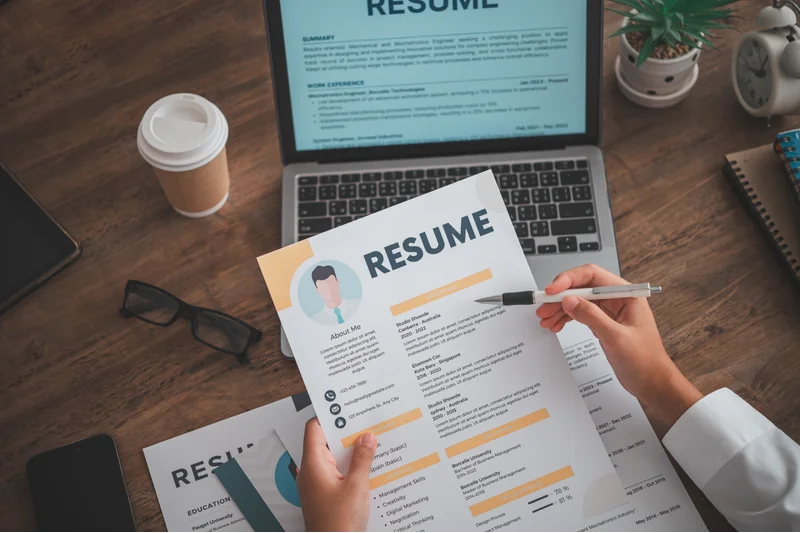
Maximizing Professional Impact When Emailing a Resume
Ultimately, emailing a resume is a skill—one blending clarity, timing, and presentation. It reflects not only career readiness but also digital literacy. For job seekers balancing competitive pressures, refining this process becomes a crucial leverage point. From ensuring file precision to mastering respectful follow-up cadence, every micro-step sends powerful signals about a candidate’s potential.
Applicants who consistently apply these practices accumulate measurable advantages in visibility and professional credibility. Automated filters, human recruiters, and departmental leads all interact with the email submission chain differently, making optimization essential from subject line to attachment naming. Clarity and professionalism never become outdated strategies, regardless of technological change.
A powerful resume remains the backbone of this process. Those aiming to amplify their results can benefit from partnering with professional resume writers who specialize in tailoring content and structure for digital recruiting environments. Expert collaboration transforms every emailed document into a persuasive narrative anchored in measurable impact.
Frequently Asked Questions
What is the best time of day to email a resume?
Career platform data shows that emails sent between 7:00 a.m. and 10:30 a.m. on weekdays have the highest open and response rates. Early delivery places the email at the top of recruiters’ inboxes when they first review messages at the start of their day.
Should the resume be in PDF or Word format?
PDF remains the safest choice because it preserves layout integrity across all software systems and devices. Word formats may shift indentation or fonts when opened with different versions, making PDF universally preferred for emailing resumes.
How long should the email body be when sending a resume?
The message should contain no more than five to seven sentences. This structure includes a brief greeting, the job title reference, two to three concise qualifications, and a courteous closing with contact details.
Is it appropriate to send the same resume for multiple roles at the same company?
Tailoring each submission is strongly recommended. Recruiters often manage separate inboxes or requisitions for each opening. Adjusting key skills and experience highlights per job ensures stronger alignment with each role’s requirements.
How soon should candidates follow up after emailing a resume?
Best practice suggests waiting five to seven business days before following up. The follow-up should be short, polite, and reaffirm interest without appearing impatient or demanding.
